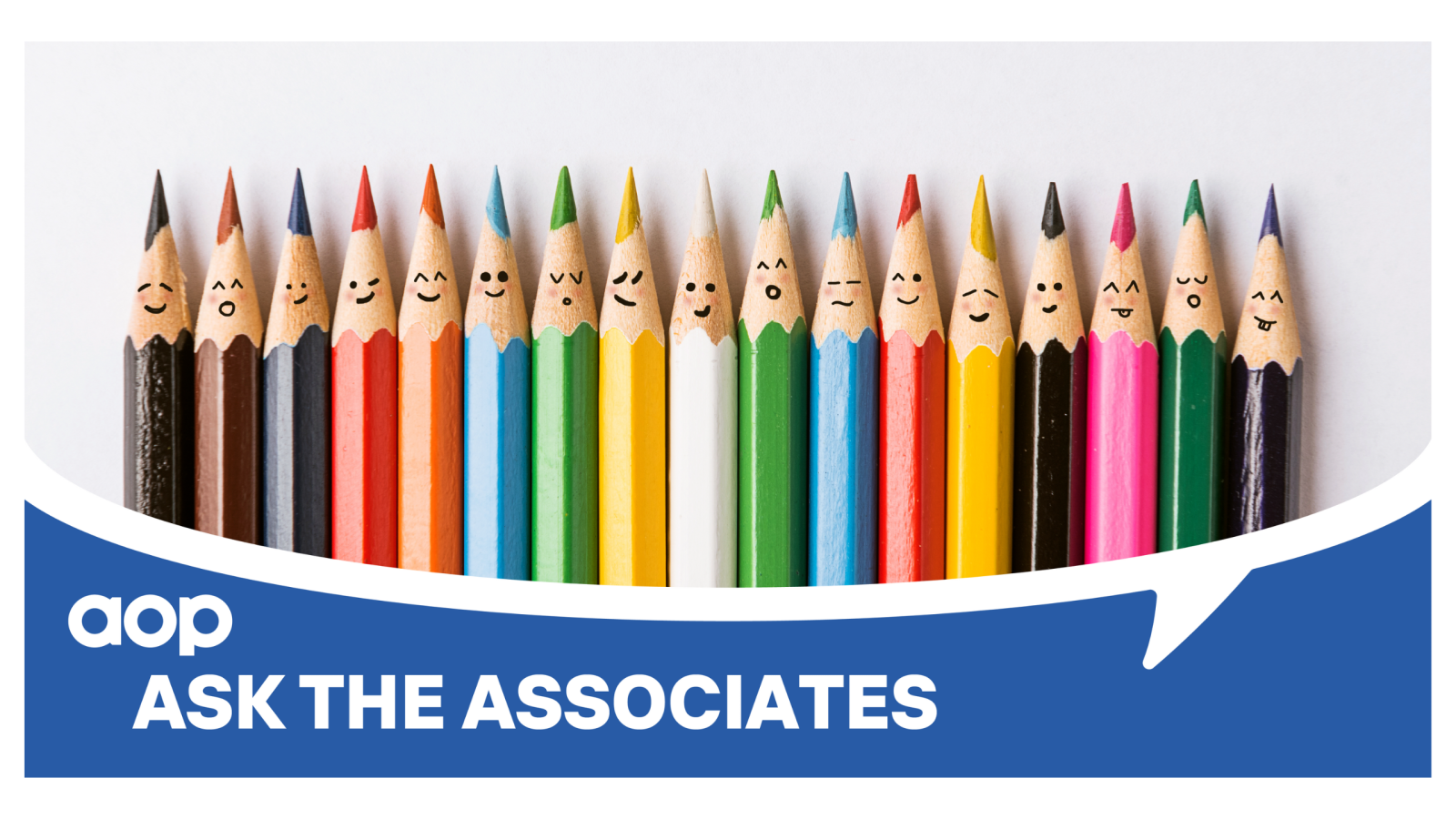
Breaking down barriers: Five ideas for more inclusive digital publishing
Published: 15 Apr 2024
More content is being consumed digitally than ever before – but how inclusive is the digital publishing sector? We reached out to our Associate partners to get their perspective on what single, impactful step digital publishers could take to ensure that ED&I is baked into their organisation and to support the development of a more inclusive industry.
From hiring to content creation to distribution, here are five ideas to help accelerate your journey to becoming a fairer and more equitable publisher.
Embed inclusivity in every facet of your organisation.
They could ensure they are taking a holistic approach to inclusivity that considers all the ways in which it can be compromised. This covers a multitude of things: the atmosphere in the sales team, which has traditionally had a reputation for being somewhat unforgiving. The recruitment process – is it free from bias, including unconscious bias? The more obvious forms of inclusivity, such as age, sex and gender. And the less obvious, including religion, sexual orientation, disability and neurodiversity. Only by taking an all-encompassing approach to inclusivity can digital publishers hope to achieve it.
Sean Adams, CMO, Brand Metrics
Look at your hiring processes and remove unconscious bias.
The key to a more inclusive digital publishing space lies in DEI being incorporated in the hiring process, in order for diverse opinions to impact the entire organisational strategy, all the way to editorial agenda. This single action unlocks a cascade of benefits.
- Wider Audience: Showcasing diverse voices attracts a broader, newer audience that connects and identifies with these ideals.
- Enhanced Credibility: Prioritising diverse voices demonstrates a commitment to inclusivity, building trust and strengthening the publisher's reputation, benefiting both readers and advertisers.
- Opportunity in inclusivity: Adapting a new strategy throughout the organisation will not only benefit the business internally, but it will also align with the vision of other businesses looking to find these audiences. These brands are looking to reach a more representative consumer base that may be hard to find and connect with at the moment.
Embracing diversity and inclusivity strengthens the entire ecosystem. Readers discover new voices, brands connect with a broader base, and publishers build trust through inclusivity.
Dariya Silko, Senior Publisher Sales Manager, Taboola
Amplify diverse voices through your content.
The journey towards responsible, sustainable media and advertising isn’t a one-size-fits-all approach. However, a digital publisher can take an impactful step today towards fostering a more inclusive digital publishing ecosystem by prioritising diversity and representation in their content creation and data curation processes. This involves actively seeking out and amplifying voices from underrepresented communities, ensuring diverse perspectives are reflected in their content, and actively addressing biases or stereotypes in their publishing decisions. Implementing accessibility features such as alternative text for images, captions for videos, and ensuring their digital platforms are navigable for people with disabilities can also contribute to a more inclusive experience for audiences.
It is also important to ensure that publishers correctly tag their inventory so that advertisers can easily reach the diverse content. Collaboration facilitated through data and technology, enables buyers to invest in quality content, diversify their media spend and access relevant audience inventory for their campaigns. This not only benefits advertisers but opens further monetisation opportunities for Publishers, fostering a more inclusive and responsible media supply chain.
Priya Patel, Associate Director, Customer Success, PubMatic
Partner more purposefully with advertisers to support more inclusive ad spend
The DVersity Partner Program has given us new insights into how advertiser brand suitability settings can impact publishers that cater to underrepresented audiences. Through joint research with our first partner, Group Black, we identified several best practices that publishers can employ in order to promote a more inclusive and equitable ecosystem.
First, get involved early in campaigns by asking your advertising partners if their brand suitability strategy aligns with whatever values-based marketing tenets they hold. If not, that can be an opportunity to adjust settings in favor of those that help underrepresented publishers monetize more of their inventory. You can also advocate in favour of page-level classification and category-based content avoidance instead of site-level classification and keyword blocking. Grab our brand suitability guide to learn more about these best practices that protect advertisers while maximizing reach and avoiding brand suitability bias that impacts underrepresented publishers.
Anya Libova, Publisher Sales Director, DoubleVerify
Consider making your content freely accessible to ensure equitable access to high quality content.
To create a more inclusive digital publishing ecosystem, a leading approach for premium UK publishers is offering high-quality content for free, meaning that visitors will have a fair choice of whether they want to share their data for advertising purposes. This strategy transcends traditional models by prioritizing accessibility and privacy. By dismantling paywalls and coercive consent methods, publishers ensure that valuable information reaches all segments of society, regardless of financial capacity or willingness to share personal data.
Adopting this method not only promotes universal access to information but also demonstrates a commitment to digital-ethics and user-privacy. Moreover, promoting inclusivity involves serving ads without relying on personal data, respecting user preferences. This fosters trust, addresses data security concerns, and enhances brand loyalty. While this might initially pose financial challenges, the long-term advantages include enhanced audience expansion and a significant contribution to the democratization of information. By adopting these practices, you create a digital ecosystem where everyone can engage with content without privacy concerns.
By balancing commercial objectives with societal values, publishers position themselves as progressive leaders in the digital age. At Opt Out Advertising, we're dedicated to guiding publishers toward this inclusive vision, where access to digital content transcends barriers for all.
Linda Worp, Head of Marketing, Opt Out Advertising
Categories: AOP News | Ask the Associates